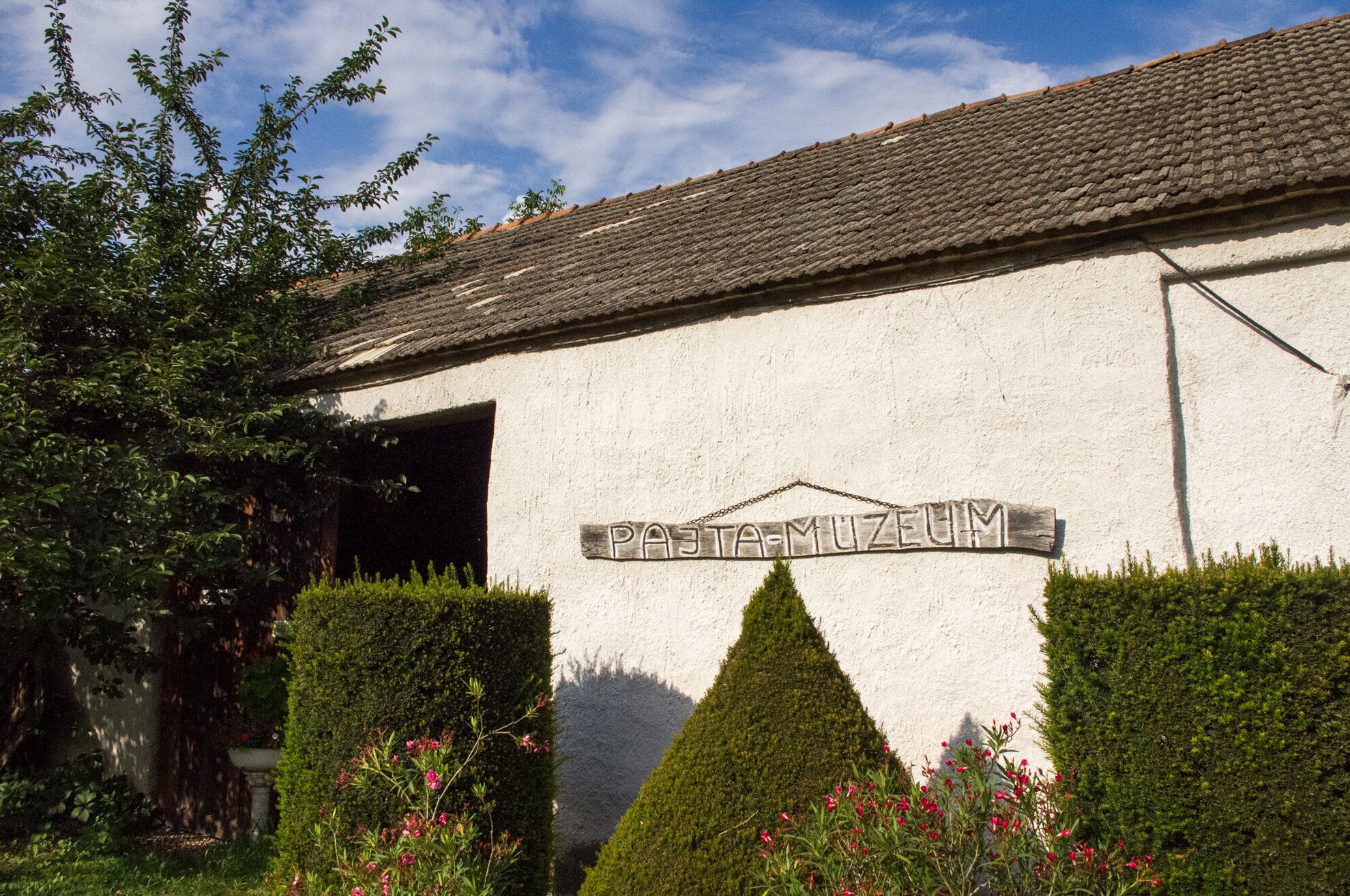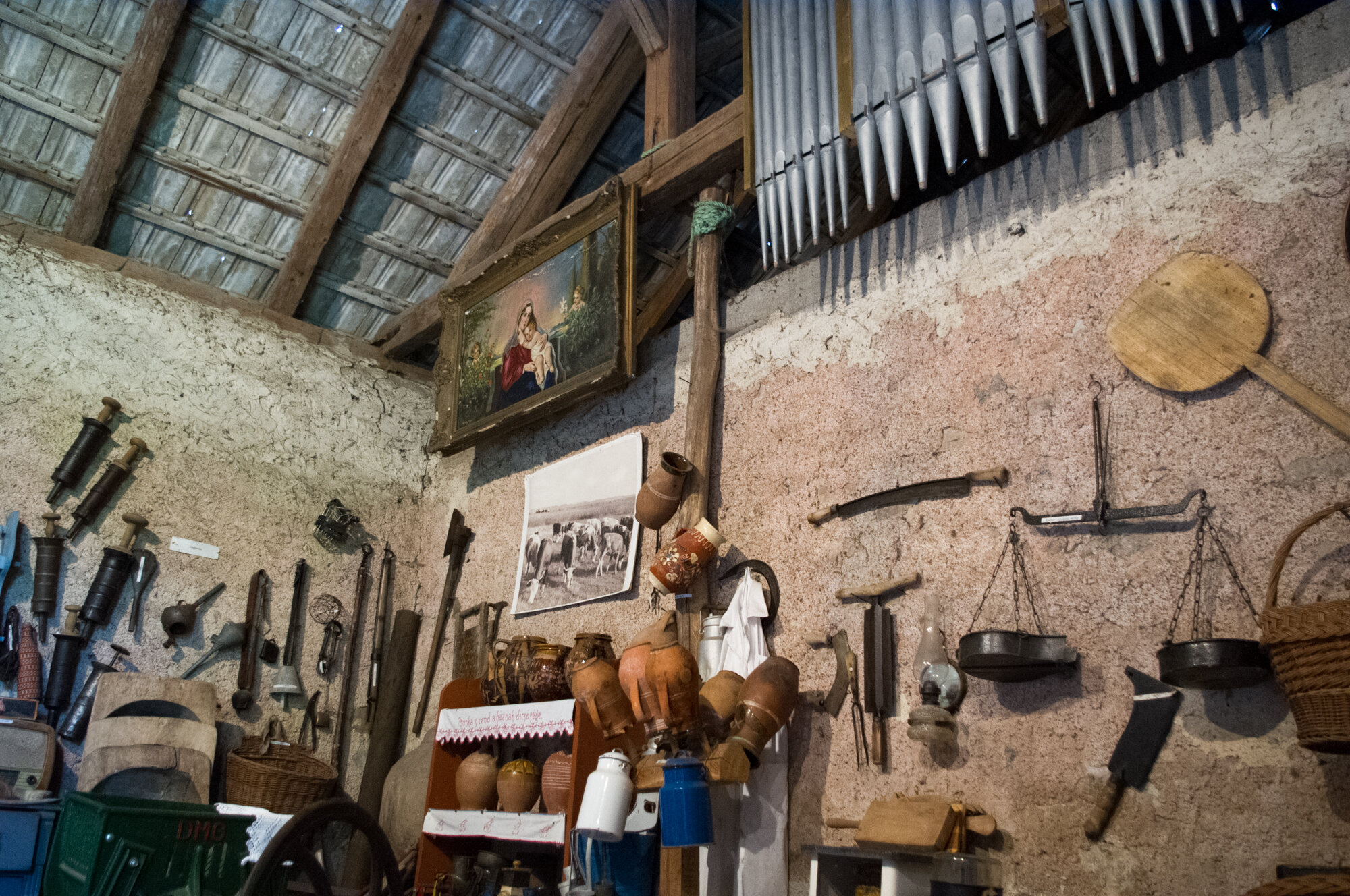There are so many reasons we love the Balaton Uplands, and we probably haven’t even explored half of it. On one of our more recent trips we discovered a small, but valuable museum in Szentbékkálla almost entirely by accident, whose existence is thanks to an enthusiastic collector. Ferenc Oltárczi is a busy man: he has founded not one, but two museums, he writes books, he’s published photo albums of the village, and he says peasants were much smarter than people usually give them credit for.
Ferenc Oltárczi is a retired biology, geography, and philosophy teacher. He moved away from Szentbékkálla before university, and spent much of his life in Sopron, West Hungary, but when he inherited his parents’ house with the barn, he felt that he needed to do something with them. He started collecting objects of local folklore with one very important criterion in mind: everything had to come from the village. That’s how the museum was realized step by step. You might not believe it, but some of the items on display here have raised the attention of museums and antique dealers. However, the proud owner doesn’t want to break up the collection, and uses his own funds to restore his prized exhibition pieces.
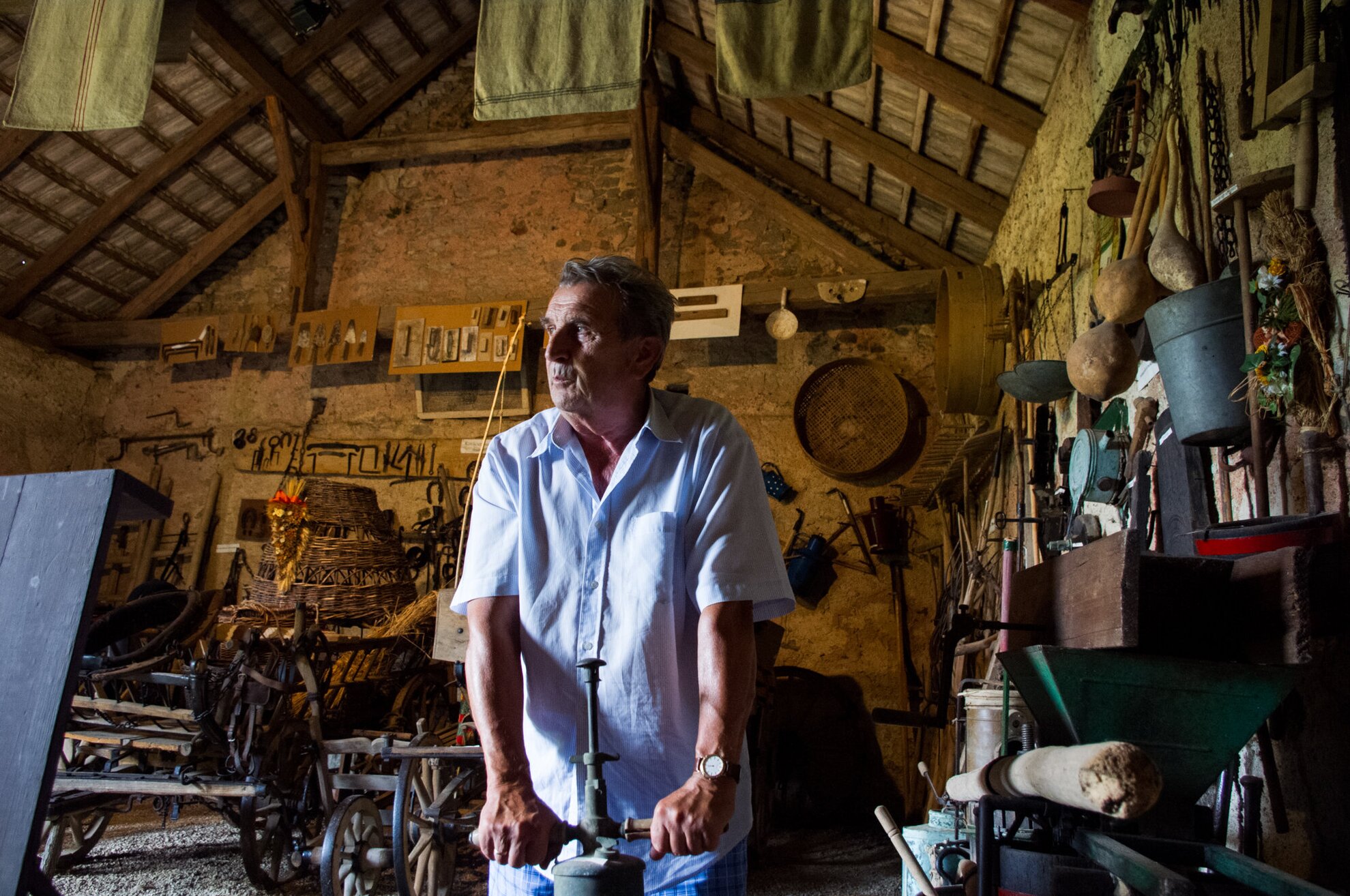
He says Szentbékkálla is a very special village: at the turn of the 19th and 20th centuries it saw a surge in the number of new cellars and press houses that was unprecedented in the whole country. Then came the phylloxera epidemic, which wreaked havoc in the area, halting local wine trade, practically the village’s only source of income, for about 20 years. Thanks to merchants from Burgenland, things started looking up again: in 1935 the village opened its own beach. The pool, which was filled with the water of a stream stemming in the nearby hills, was big enough to play water polo matches in.
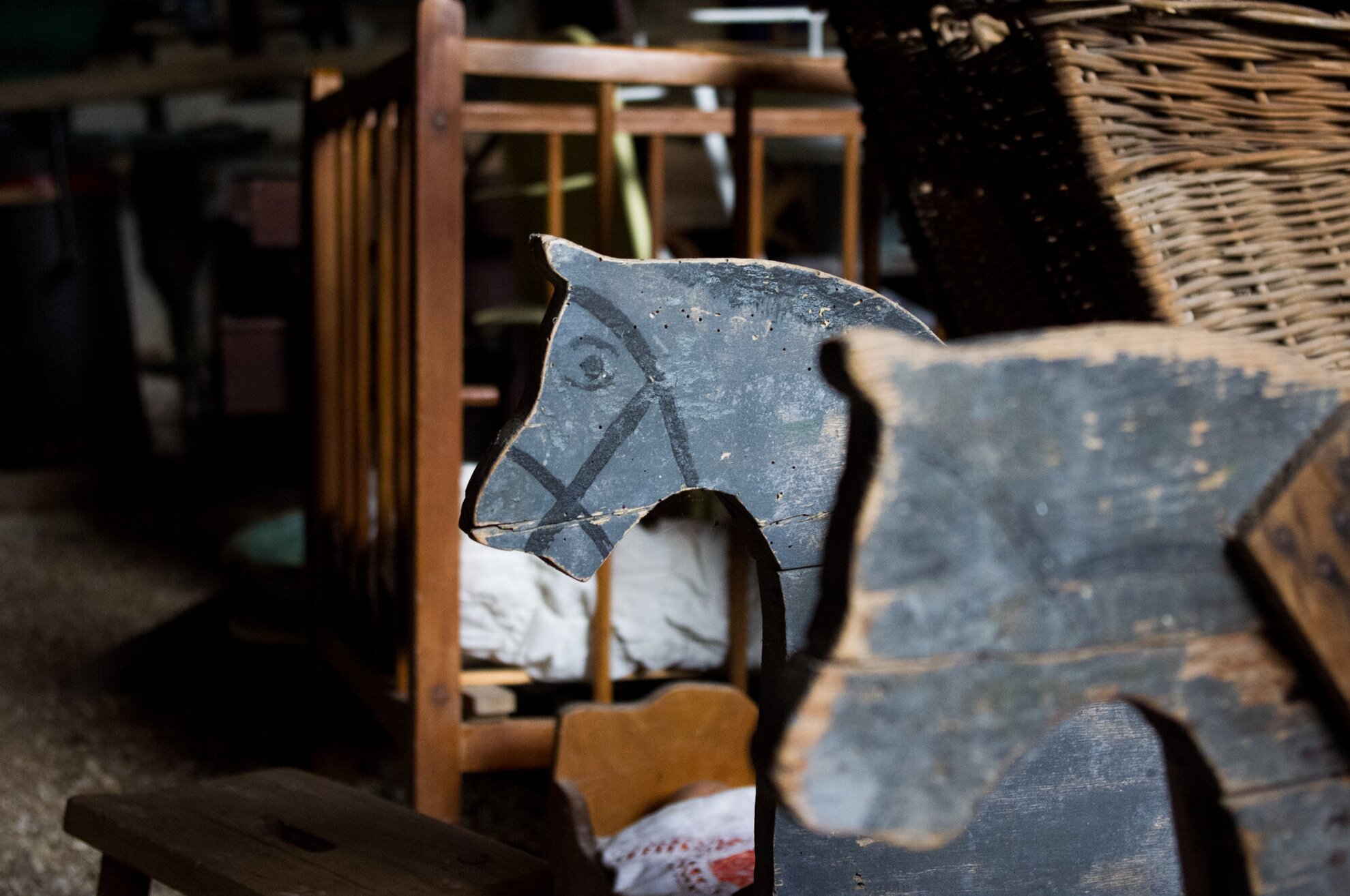
At the same time, local farmers had very little land and medium- or bad-quality soil to work with, so people living here in past centuries had to rely on several different ways to make their livelihood, our guide explained. Everyone had a small field for growing crops, a little patch of forest, maybe a tiny vineyard, and they also worked with flax, hemp, cattle, horses, and bees. The aim of the museum is to showcase a rich assortment of items pertaining to the village’s local history.
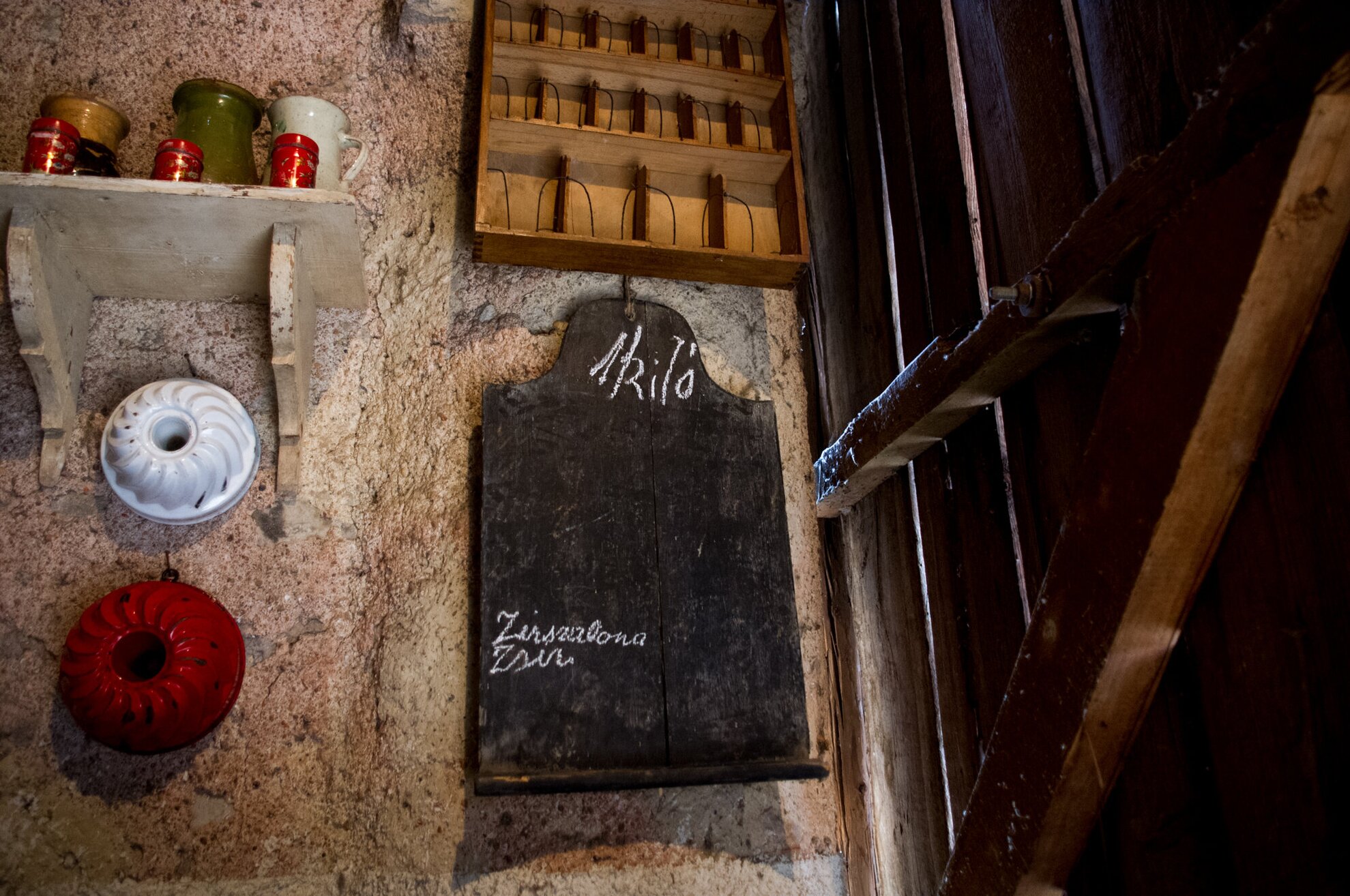
The minute we step in, our guide immediately stops us, because we’ve already almost missed something: the path leading into the building is made up of bricks from the Roman era, which are about 2,000 years old. “We know that there was once a Roman settlement between the two villages, and it hasn’t been excavated to this day,” the tour guide explains about the site’s past.
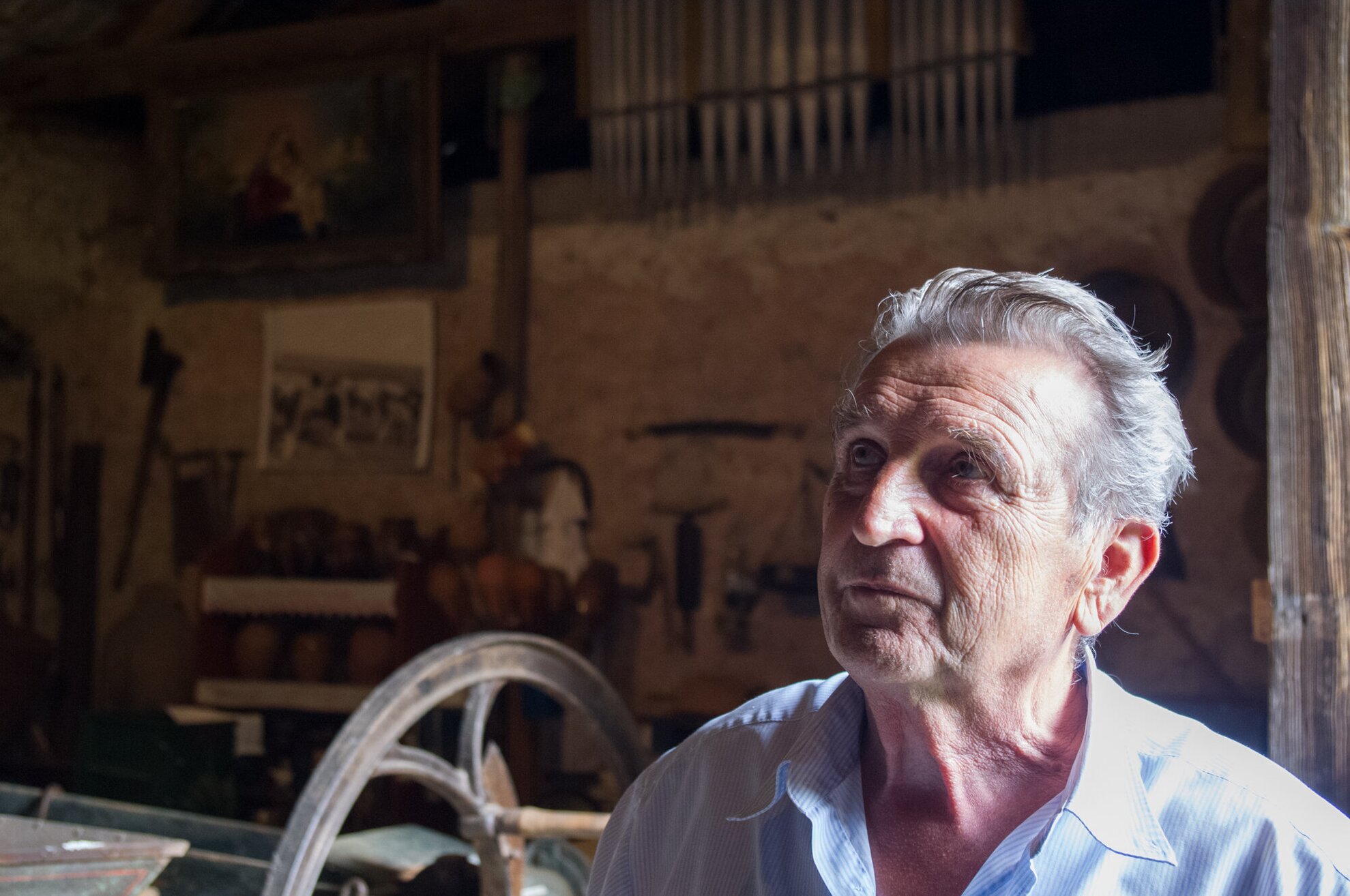
The barn houses more than 700 special objects, but the display is not chaotic at all; everything is laid out in a logical way. First you can take a look at farming tools (together with items from the blacksmith’s, naturally), followed by field and pasture management, viticulture and winemaking, forest management, flax and hemp production, and animal husbandry. Visitors can also learn about the machines and furniture found at traditional farmyards like an old stove by the Hungarian brand Salgó and a little cot, whose former “occupant” Uncle Feri can still remember.
